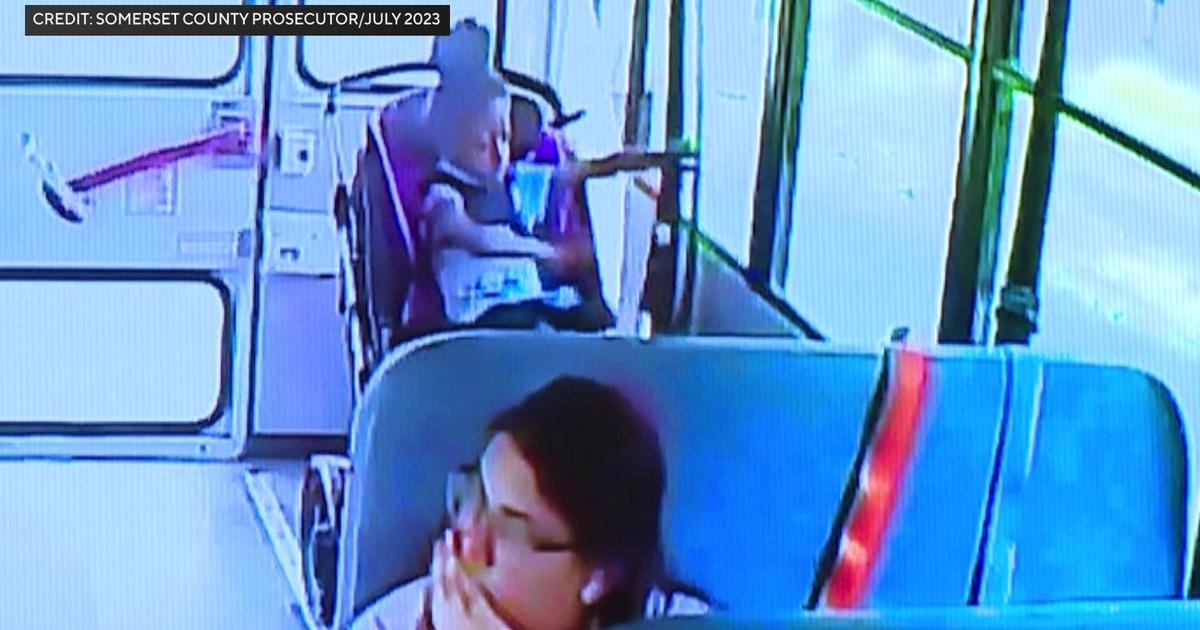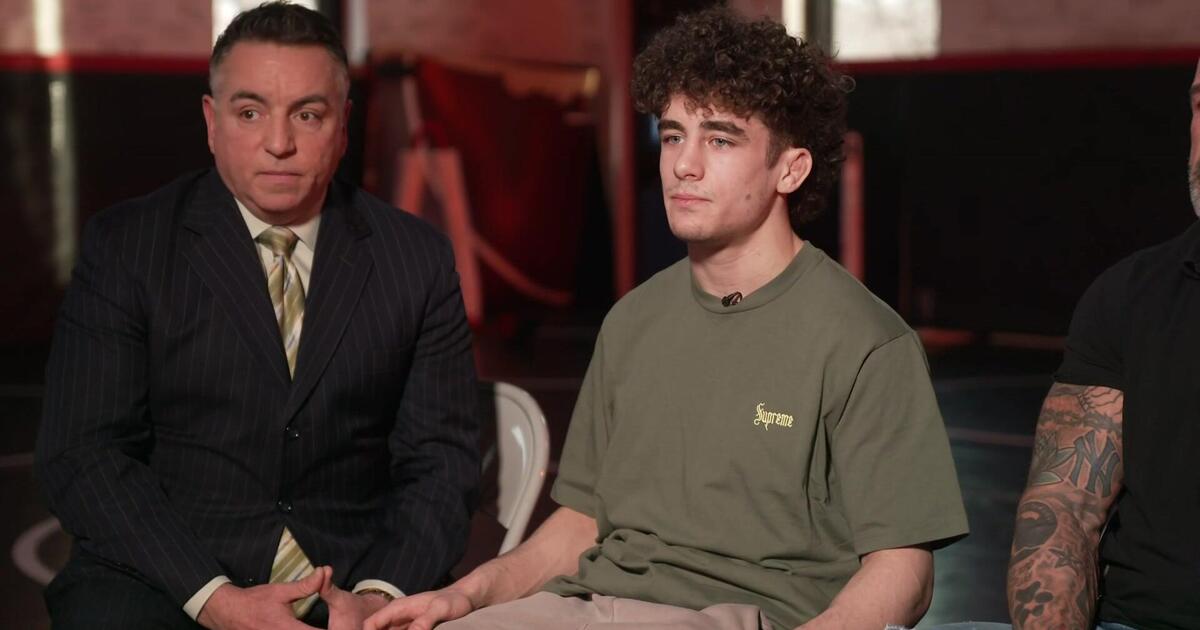## From Scrolling to Sorrow: School Bus Monitor Jailed for Deadly Distraction A school bus monitor’s chilling act of scrolling through Instagram while a six-year-old choked to death on her wheelchair harness has sent shockwaves across the nation. This isn’t just a tragic accident; it’s a heartbreaking story of negligence that begs the question: how could something so preventable end in such devastating loss? We delve into the details of this case, exploring the shocking account, the consequences faced by the monitor, and the urgent need for stricter accountability in school transportation safety.
Charged with Manslaughter

Amanda Davila, the school bus monitor in the tragic death of 6-year-old Fajr Williams, faced serious charges stemming from the incident. Prosecutors brought charges of aggravated and reckless manslaughter, reflecting the severity of Fajr’s death. These charges carry significant potential punishments, in this case, up to 20 years in prison.
The prosecution’s case centered on Davila’s alleged negligence while on duty. Surveillance footage revealed Davila scrolling through applications on her phone and wearing earbuds during the bus ride, seemingly oblivious to Fajr’s struggles. This lapse in supervision, according to the prosecution, directly contributed to Fajr’s fatal entanglement in her wheelchair harness.

The Defense’s Argument
Davila’s defense team presented a contrasting narrative, shifting the blame away from Davila and towards Fajr’s older sister, who allegedly improperly secured the wheelchair harness. The defense argued that the malfunctioning harness, not Davila’s actions, was the primary cause of Fajr’s death.

Shifting Blame: A Contested Responsibility
Defense attorney Michael Policastro highlighted the alleged negligence of Fajr’s older sister during the bus ride. He asserted that the 14-year-old should have ensured the harness was properly secured, implying that the family’s actions contributed to the tragedy.
Furthermore, the defense sought to paint Davila as a victim of circumstance, arguing that she was not solely responsible for Fajr’s well-being. They emphasized that a 6-year-old with special needs should have been accompanied by a personal nurse, suggesting that the responsibility for Fajr’s safety extended beyond Davila’s role.

The Jury’s Verdict
After nearly two days of deliberation, the jury reached a split verdict. Davila was found guilty of child endangerment, a lesser charge carrying less severe penalties. However, she was acquitted of the more serious manslaughter charges, sparking controversy and public outcry.
The jury’s decision reflected a complex assessment of the evidence and the competing arguments presented by both the prosecution and the defense. While Davila was found responsible for endangering Fajr’s safety, the jury ultimately determined that her actions did not rise to the level of criminal negligence or recklessness required for a manslaughter conviction.

The Fallout: Responsibility and Accountability
The verdict in Davila’s case triggered a wave of public outrage and debate about the appropriate level of accountability in such tragedies. Many expressed anger and disappointment over the lighter sentence, arguing that Davila’s actions warranted more severe punishment.

A Call for Safety Protocols
The case highlighted the urgent need for stricter safety protocols on school buses, particularly when transporting children with special needs. Advocates emphasize the importance of mandatory training for bus monitors, ensuring they are equipped to handle emergencies and provide adequate supervision.

Lessons Learned: A Stark Reminder
The tragedy of Fajr Williams serves as a stark reminder of the importance of parental involvement, vigilant supervision, and constant attention to the safety of vulnerable children. The case underscores the need for a multi-pronged approach, involving schools, parents, and transportation authorities, to ensure the well-being of all students.
Conclusion
The tragic case of the school bus monitor who prioritized Instagram over a choking six-year-old highlights the devastating consequences of negligence and apathy. While scrolling through social media, she ignored the child’s desperate struggles, ultimately leading to her untimely death. This case serves as a stark reminder of the immense responsibility entrusted to those who care for our children, and the irreversible damage that can occur when that trust is broken. Justice may have been served with the monitor’s sentencing, but the true cost of this tragedy extends far beyond any legal repercussions. It underscores the urgent need for stricter protocols and accountability within school transportation systems. We must demand comprehensive training for all school bus personnel, emphasizing vigilance and immediate action in emergencies. This case shouldn’t be a footnote in history; it should be a catalyst for change, ensuring that every child entrusted to their care feels safe and protected. The life of a six-year-old should never be a casualty of indifference. Let this tragedy be the wake-up call we need to prioritize the safety and well-being of our most vulnerable.





Add Comment